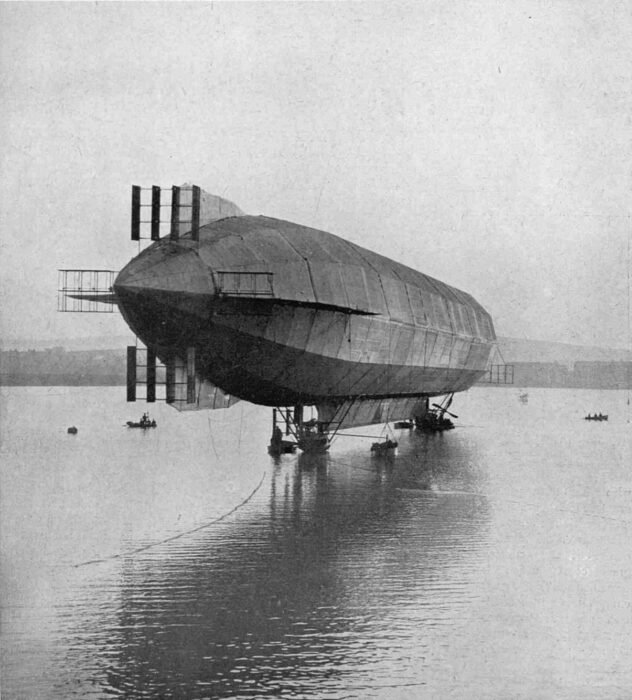Mayfly?
To mark May Day, the Fleet Air Arm Museum, @FleetAirArmMus, tweeted about the Royal Navy’s first rigid airship, which was built by Vickers at Barrow-in-Furness in 1911 in an attempt to match Germany’s Zeppelins: I was surprised by the comment about the airship’s name. Probably because of its brief, non-flying existence, it’s known by a […]


